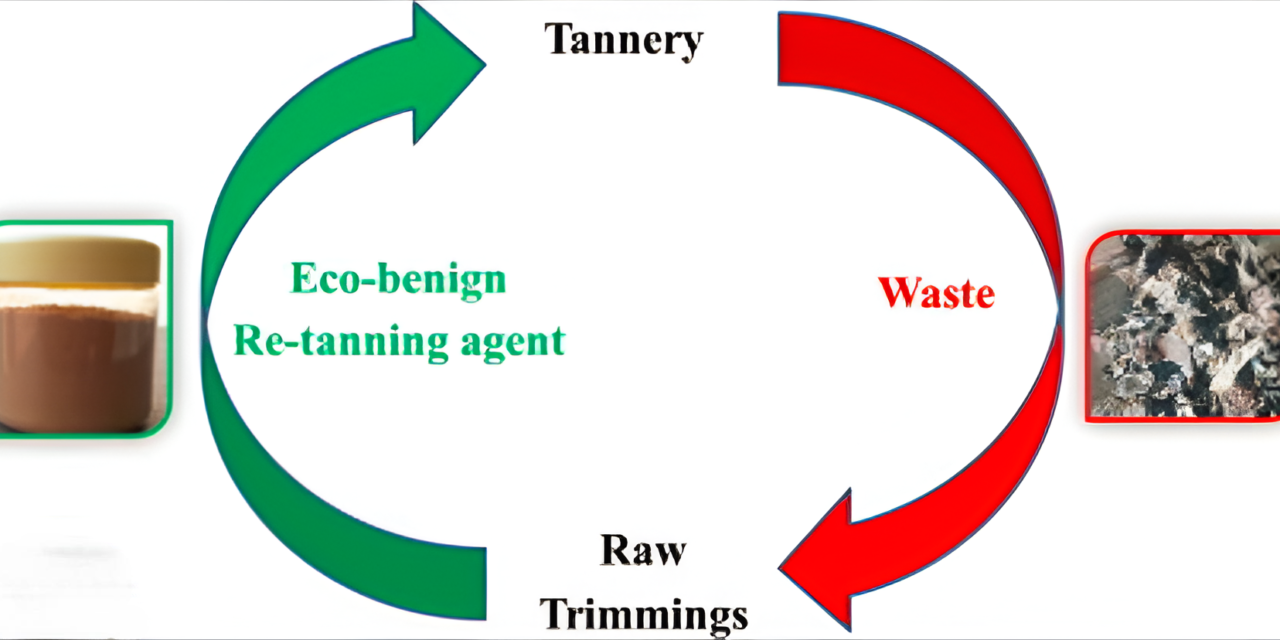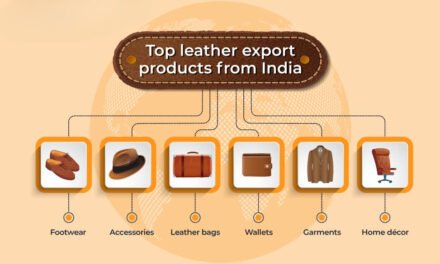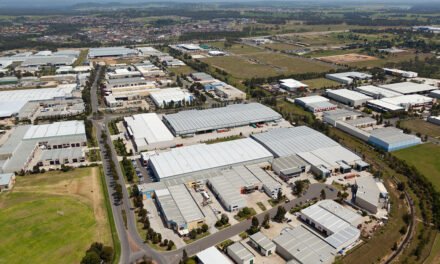The leather industry is increasingly addressing waste management from raw leather processing to minimize its environmental impact and promote sustainability. Here are some key initiatives:
1. Waste Minimization:
- Efficient Raw Material Utilization: Optimizing raw material usage by minimizing trim waste and maximizing leather yield from hides.
- Lean Manufacturing Practices: Implementing lean manufacturing principles to streamline production processes, reduce waste generation, and improve overall efficiency.
2. Waste Recycling and Reuse:
- Leather Waste Recycling: Recycling leather waste, such as shavings, trimmings, and dust, into various products:
- Leather Meal: A protein-rich material used as animal feed.
- Biofertilizers and Soil Conditioners: Utilizing organic components of leather waste.
- Conversion into Energy: Anaerobic digestion of organic waste to produce biogas for energy generation.
- Water Recycling: Implementing closed-loop water systems where treated wastewater is reused within the production process, minimizing water consumption and reducing the discharge of pollutants.
3. Advanced Treatment Technologies:
- Wastewater Treatment: Adopting advanced wastewater treatment technologies, such as membrane filtration, reverse osmosis, and biological treatment processes, to remove pollutants like chromium, sulfides, and organic matter before discharging effluent into water bodies.
- Air Pollution Control: Implementing technologies to control air emissions from leather processing facilities, such as those generated from combustion processes and the use of certain chemicals.
4. Resource Recovery:
- Chromium Recovery: Technologies are being developed to recover chromium from tanning effluents, reducing the demand for new chromium and minimizing environmental impact.
- Water Recovery: Technologies like membrane filtration and reverse osmosis are used to recover water from wastewater, reducing water consumption and minimizing the discharge of pollutants.
5. Cleaner Production Technologies:
- Adopting cleaner production technologies, such as water-efficient tanning processes and the use of environmentally friendly chemicals, to reduce the generation of waste and minimize environmental impact.
These initiatives demonstrate the leather industry’s commitment to sustainable practices and responsible waste management. By minimizing waste, reducing pollution, and promoting resource recovery, the industry can mitigate its environmental impact and contribute to a more sustainable future.







